Existing User Log In
New User Registration
Register for a free account to gain full access to the VGChartz Network and join our thriving community.



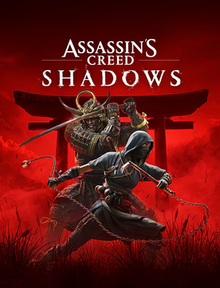

America - Front


America - Back

Ubisoft
Action-Adventure
 (Add Date)
(Add Date) (Add Date)
(Add Date) (Add Date)
(Add Date)
| Owners: | 0 |
| Favorite: | 0 |
| Tracked: | 0 |
| Wishlist: | 0 |
| Now Playing: | 0 |
There are few gaming franchises still going that are as expansive and rich in history as Ubisoft’s Assassin’s Creed, which has seen about as many diverse gameplay elements as its historical fiction settings. Many series staples and fan-favorite traits culminate in Shadows, which towers above all other franchise entries in terms of scale and dynamic gameplay. Whether this always translate to pure, unadulterated fun is another story. And while some aspects are refined or tightened up from the rewarding - but frankly bloated - Valhalla, this ARPG epic based on Medevial Japanese history seems to throw in just about everything but the kitchen sink, for better or worse. A diverse palette of features — ranging from pettable cats you can add to your customizable Hideout, to scouts that pinpoint key spots on the huge map — round out this memorable, albeit somewhat convoluted experience.
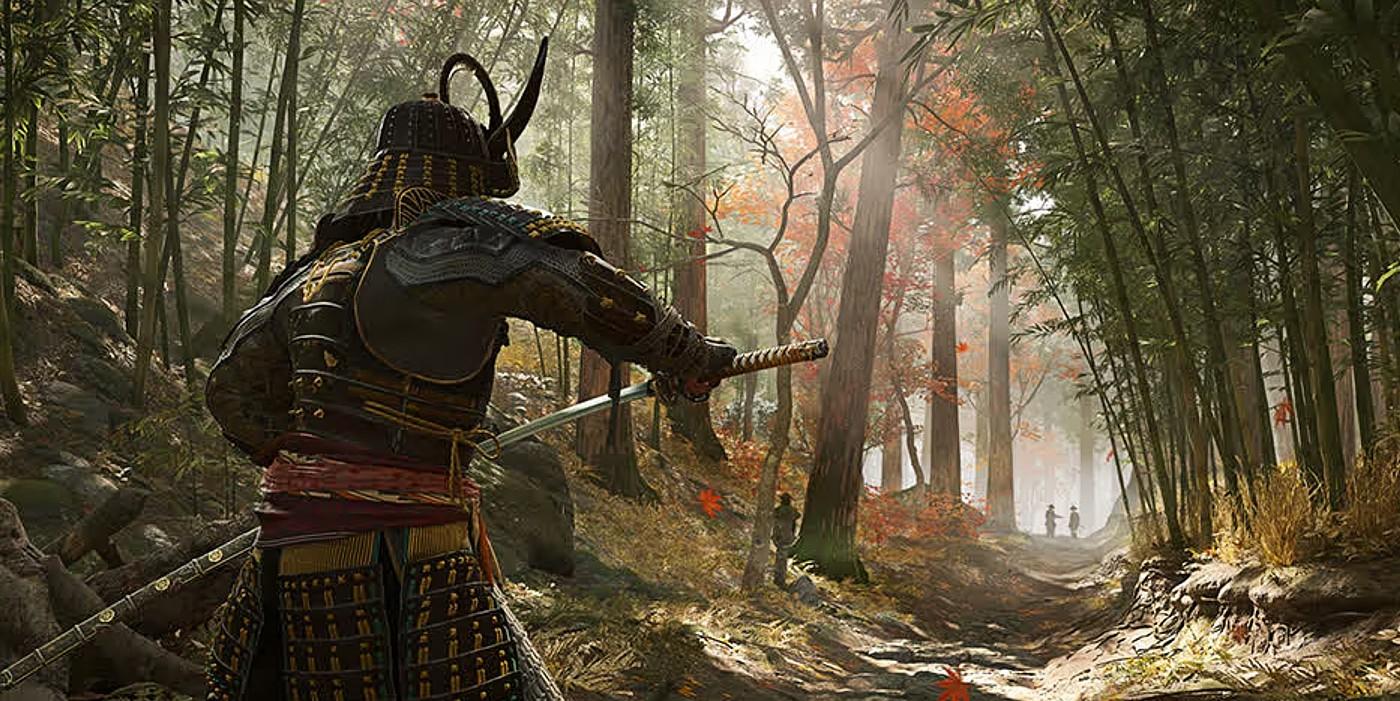
I'll be honest, after spending hundreds of hours very much enjoying the “second”, RPG-tinged era of AC, Creed fatigue is beginning to set in. That probably say less about Shadows’ actual quality than it does about my own mentality delving into this 40-plus-hour journey through 1500s Japan, and its vast, lavish, and wondrous landscapes. Still, I couldn’t help but feel that “more of the same” drudgery emerge in some avenues, at a frequency comparable to my fun and thrilling moments throughout Shadows. Whatever the source, it probably doesn’t bode well if the experience feels almost as chore like as it does entertaining.
This is especially true when taking on peripheral, often gimmicky tasks like scouting out an area, engaging in espionage, or slogging through some of the narratively-rich but limiting character missions, which often strip you of some abilities. Examples include the protagonist-developing Kuji-Kiri quests, which annoyingly demand you press given buttons at increasingly precise times to just initiate the memory. Though as a side note, these do trigger admittedly super cool stylistic visuals once they begin.

I could take or leave many of these seemingly “new” yet familiar tasks. Perhaps those more inclined to really soak in the lore and storyline will get more out of these missions, as they do flesh out more of the unstable, war-torn Sengoku Japan. Some missions help color in more details of characters and warring factions that extend somewhat beyond the typical “revenge” story of overcoming invasive enemy clans, which permeates the plot. Still, many of the actual missions boil down to “avenge X” or “kill Y”. On occasion you might have a “get the sacred trinket from Z” or “learn more about an enemy faction’s plans” mixed in. While the actual “slicing and dicing” combat of these missions usually proved fun, the lore and chatter surrounding them was often less remarkable — even when factoring the refreshing far-east theme of Shadows.
Despite these weaker areas, it was as entertaining as ever creeping through the shadows (which now obscure players from foes) with the nimble ninja/Shinobi Naoe and taking out key targets, or powering through castles and grabbing resources with the bulky Samurai Yasuke. With a more dynamic system in place — like extinguishable lights, knockout moves, and a Call of Duty-esque prone crawl — assassinations can truly be enjoyable and intense. This is, of course, assuming you’re able to actually land a hit, and not get stopped/overpowered by a larger, higher-level foe; an annoyingly common occurrence with Naoe.
Thankfully, players can amp up the old school AC experience and streamline things by flipping on the ability for guaranteed assassinations. This ensures (assuming you remain unseen) that attempts aren’t deflected or met with only a small sliver of health chipped away. As mentioned, this happened all too often when playing as my otherwise preferred lead Naoe, even when keeping up with the ample equipment and using my Mastery Points for upgrades. These insta-kills may come off a bit cheap, though they do add to the sense of realism — which the game leans on a bit more than, say, Odyssey. This authenticity is enhanced by some truly gorgeous, colorful visuals, lighting, and biomes that pop right off the screen.

Granted, Ubisoft gets a bit too carried away with the visuals and environmental design at times when it comes to decorating these landscapes. Many areas are so rife with trees, brush, and other shrubbery that I truly had a hard time navigating Japan’s often rocky or sloped areas, especially at night. Again, this yields more of an organic feel, and was perhaps in response to criticism of Valhalla’s empty, drab regions of Northern Europe. But while pretty to look at, they’re often bothersome with how thick they are. Further coloring these dense aesthetics is a new system of Forza Horizon-esque season changes (which alter mechanics somewhat and even replenish certain resources) and weather conditions. These visual elements were far more effective, bringing the environments to life and dripping with realism.
With regards to drowning in this thick brush — there are unlockable fast-travels via Viewpoints (yielding stunning views of the landscape) to speed up travel amongst this huge, segmented map of Feudal Japan. There’s additionally a feature to automatically follow trails to the next objective — but what fun is that? I prefer going off the beaten path and doing my own thing. Compounding this blemish is the lack of any sort of flying bird scout that can give you a better sense of the landscape and tag points of interest. The game still offers “Eagle Vision” to reveal certain things, but it feels limited compared to past entries. Visual obstructions and obstacles aside, the impressive scope and sense of freedom are among Shadows’ best qualities, even if you can feel rather aimless or run into environmental obsctacles.
Also missing from this ARPG are the enjoyable ship battles, hunting/animal combat, mercenaries, and the ability to climb just about anything. Climbing is now more limited a la older AC games. The latter isn’t a huge deal as a Naoe player primarily, as she’s given a grappling hook that aids greatly in traversal, and can bring about some amusing assassinations. The majority of the game can be played with her — though there are some Yasuke-exclusive missions. But with Yasuke, who is clunkier and not as mobile, some sort of tool to better traverse the hilly/rocky biomes would have been useful. Indeed, despite the inclusion of some new gameplay elements, the means of traversal and combat are somewhat stripped down here. Thus, the game encourages more clever use of the many distinct set pieces, bringing something of a return to the stealthier roots of AC, especially with Naoe.
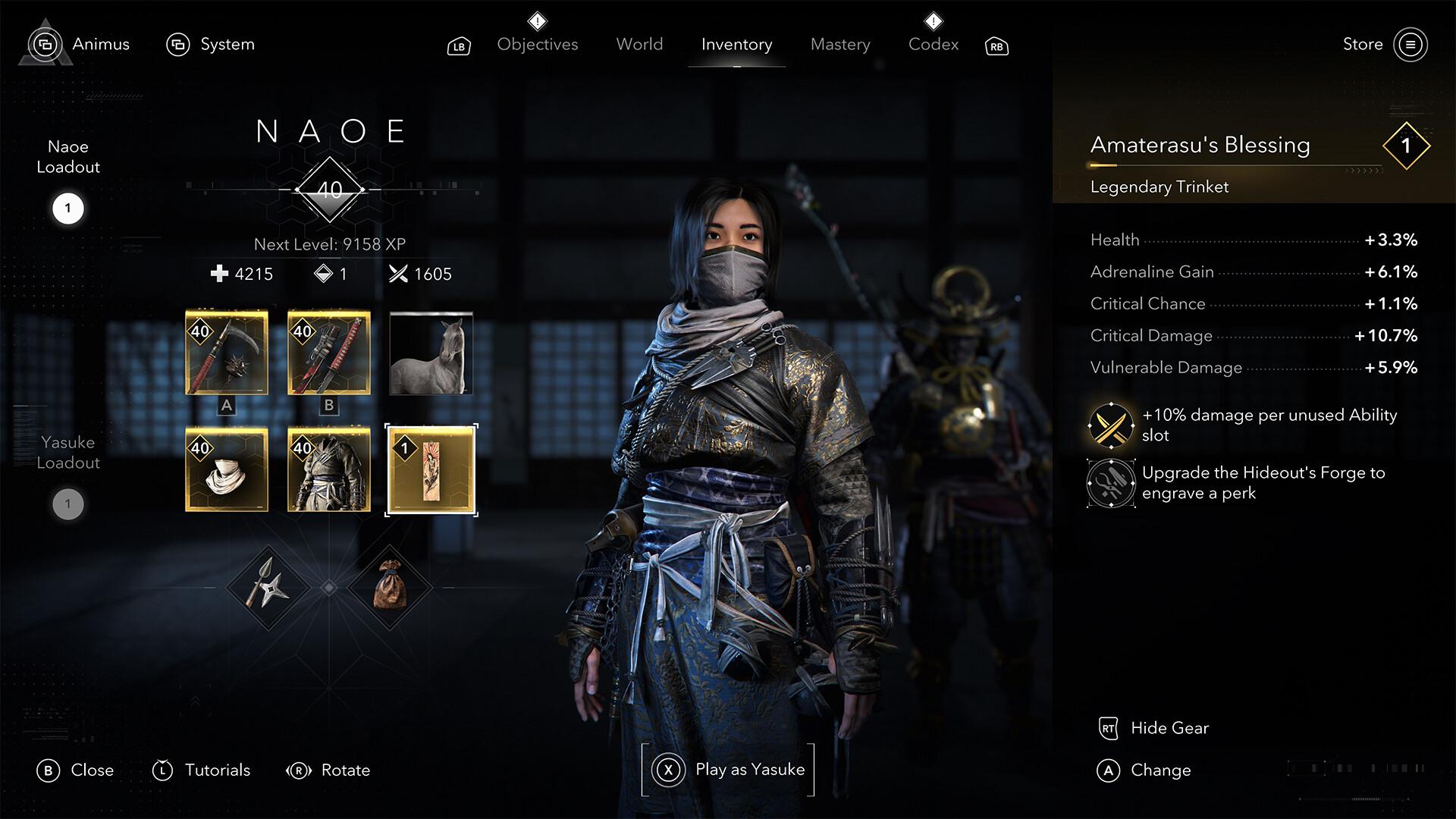
The game’s two leads heave very different backgrounds and traits (outside of both being underdogs out for vengeance), and this extends to their mechanics — as they both feel distinct and serve their own purpose. Combat-wise, Ubisoft strikes a nice balance between the smoother, assassin-leaning roots of the series, with its more graceful combat (mainly through Naoe), and the clunkier, brawl-y fighting more present in Valhalla and Mirage (Yasuke). Old school fans in particular should enjoy dancing around and slashing the slew of Ashigaru, Outlaws, Ronins, and other well-equipped foes as they leap from rooftops or bushes, or slide through Shoji doors for quick kills. You’ll often have to have more situational awareness in combat with Naoe, waiting for openings and chipping away at enemies’ destroyable armor with one of the many Katanas, swift Tanto blades, and/or satisfying skills — like Skuriken throwables or piercing dash moves. Meanwhile, Yasuke excels in muscling his way through larger bases rife with enemies, as well as beefier foes like the stubborn Samurai Daisho.
A number of passive and active skills can be assigned to beef up the (initially) more vulnerable ninja Naoe, designated easily to various hot keys/buttons. Yasuke is generally stronger to begin with, though he still greatly benefits from upgrades related to combat and ranged/Bow abilities. Upgrades this time around are distilled to a handful of categories, which are mostly tied to combat and the few weapon types each character can use, as well as (in Naoe’s case) deployable/throwable “tools” like smokebombs, and stealth. This more refined, polished system of upgrades works in that it grants usually tangible senses of growth without being a huge, convoluted mess (looking at you, Valhalla skill trees). I could have done without the heavy reliance on “Knowledge Points” needed to unlock higher tiers of these trees. Yet, I suppose this incentivises more exploration and tackling more activities. Specifically, notching tasks like Temples, Shrines, and even Horseback Archery will produce these points.
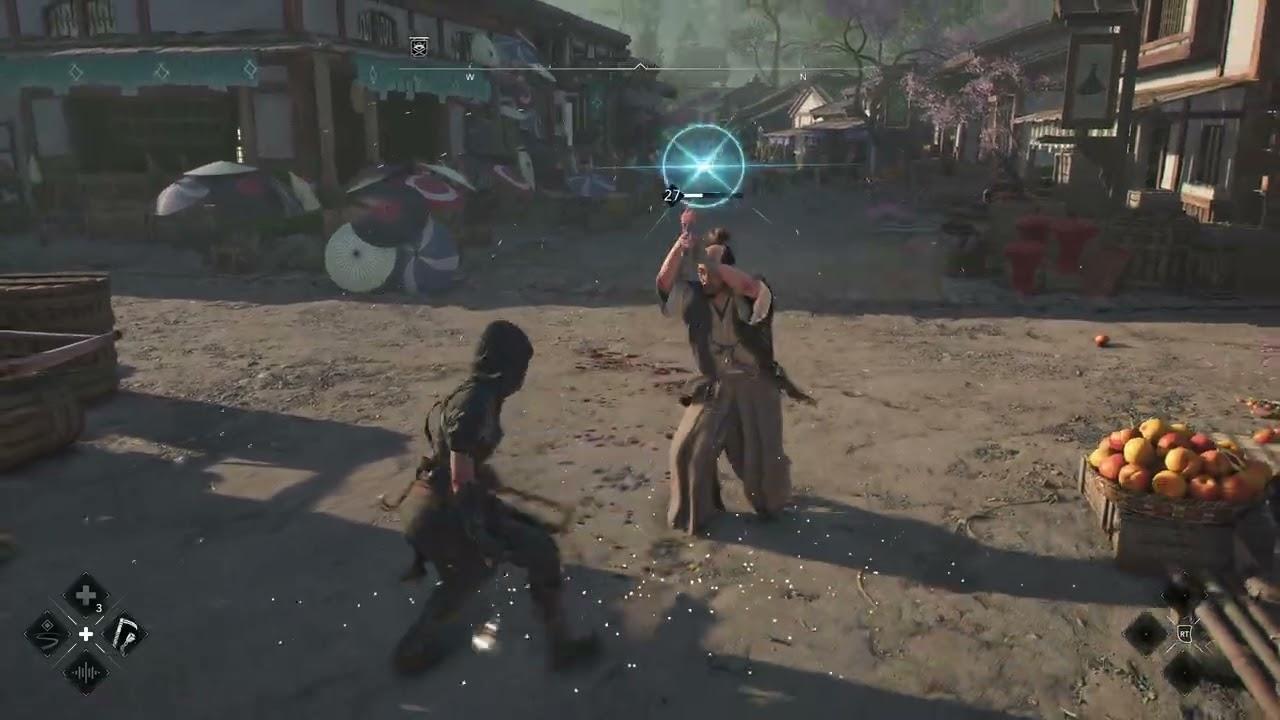
A defining trait that stands out with Shadows is the vastly diverse, intertwined nature of many gameplay elements that yield different unlocks, quests, upgrades, resources, etc. For instance, gaining scouts will allow you to gather certain resources, which in turn enables hideout expansion — a crucial one here being the Forge — which bring new perks and upgrades for Naoe/Yasuke (and flex your creative muscle through cosmetics). These home-base additions will then allow for easier progression and more convenience… and so on. It can all be overwhelming, but it works nicely as an economy and ecosystem that feels robust and organic.
This interconnected network is greatly exemplified in the rather messy quest mapping system; a returning feature from Mirage, which I could have done without. The objective of this intertwined network of nodes is to provide more organic, non-linear, and unpredictable progression, which I do appreciate on some level. Completing a mission or taking out a target will often unveil new leads into nearby/related quests, revealing more details and branches within this map. Still, there were times I just wanted to focus on the main questlines, which aren’t too apparent in this web of waypoints and key assassination targets. The general rule of thumb is that the key figures to assassinate and character story quests, which make up the central circles on this map, serve as the “main quests”, though it can all feel messy and ambiguous.
It’s hard to say how much of this stems from my AC RPG near-burnout, and how much is from the game design and gameplay itself, but the overall experience of Shadows was a mixed bag for me. More than a few moments brought irritation — from the absurdly thick, obstructing brush, to the heavy dialogue that was scarcely compelling, to the frequent use of enemy spears which deflected/blocked most of Naoe’s moves early on. My favorite instances involved raiding the vast, multi-layered castles my own way, gathering their resources and rare, legendary gear. Powering through countless foes (Yasuke), or maneuvering and picking them off one by one from the shadows (Naoe) remains about as fun as it ever was in my AC favorites, Odyssey and Valhalla. These sorts of experience-boosting escapades I could get lost in for hours on end. But some of the content around it? Not so much. I did appreciate the more focused and rewarding skill tree, slicing and dicing ninja-style with my swift-yet-potent Tantos, and the truly gorgeous, next-gen landscapes of Feudal Japan.
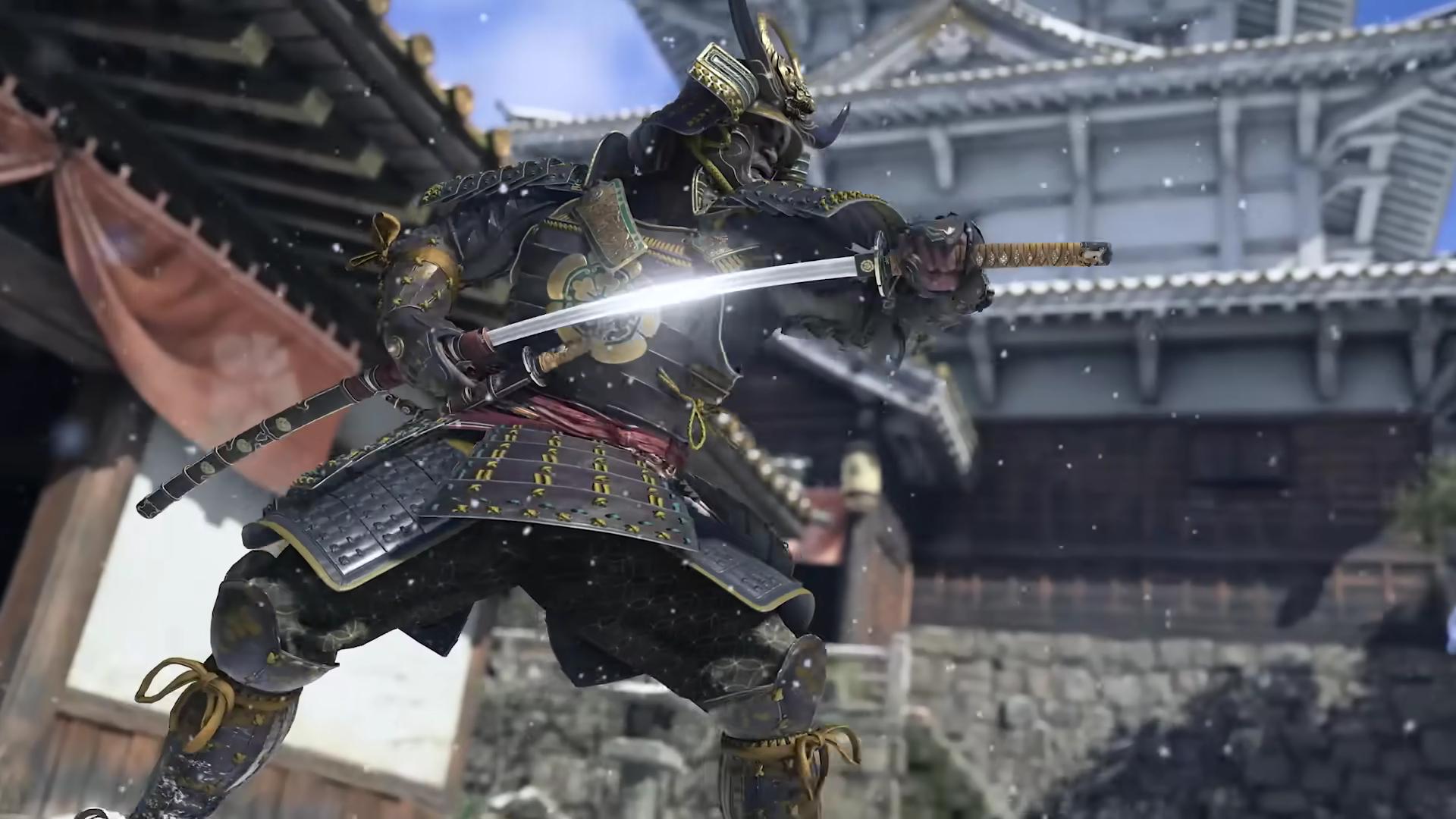
For my money, Shadows could have been better served stripping away or limiting a few more peripheral gimmicks (e.g. the Hideout and Kuji-Kiri meditations), while adding more combat abilities and nuance, which are a bit thin here. The game mixes in a slurry of elements that both work and don’t quite work from Valhalla, Mirage, and Odyssey, while sprinkling in a few new things that don’t really land as a whole (like scouts used for map details and resources, which need to be replenished). The result is a game that shines brightly in terms of presentation, as well as some combat and progression elements, but overall feels like a “jack of all trades” and a Samurai master of none.









